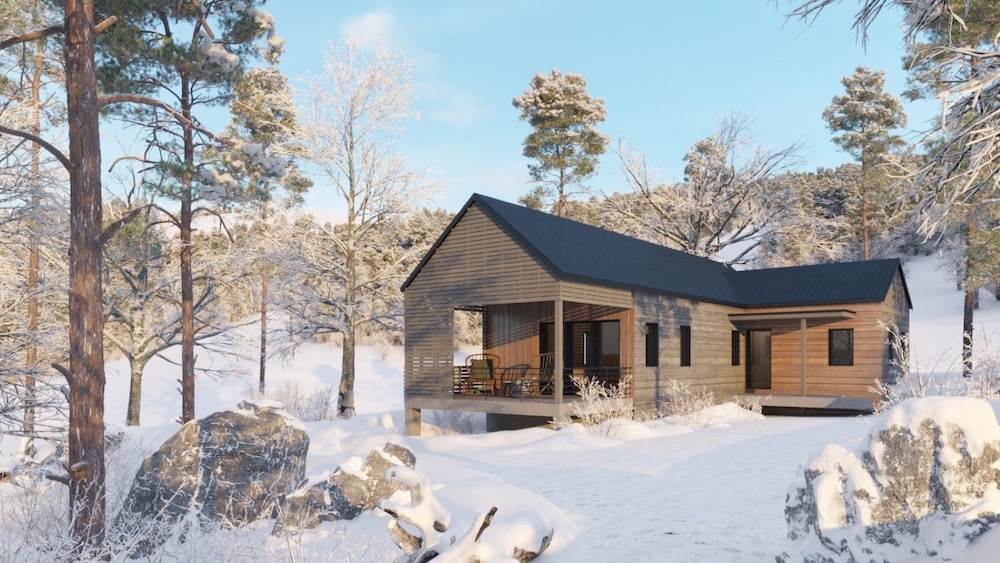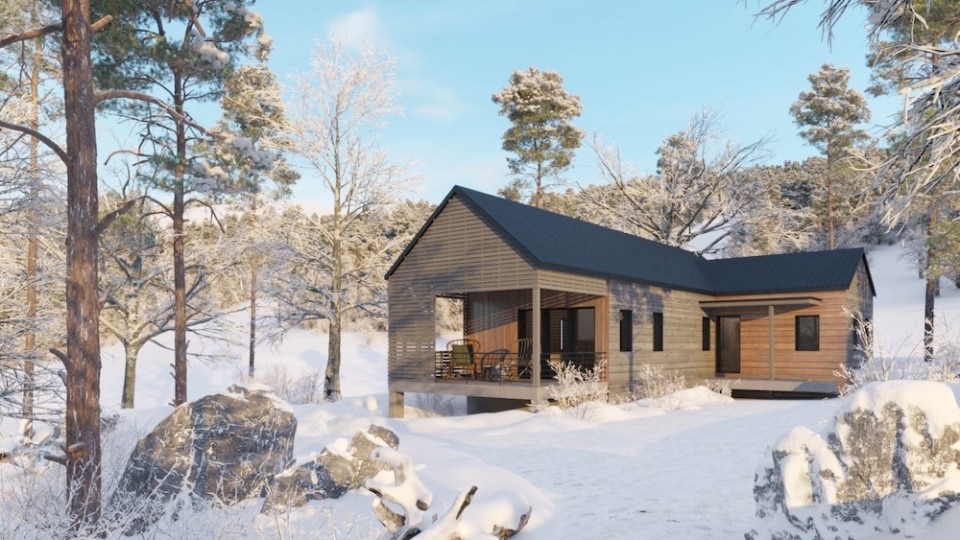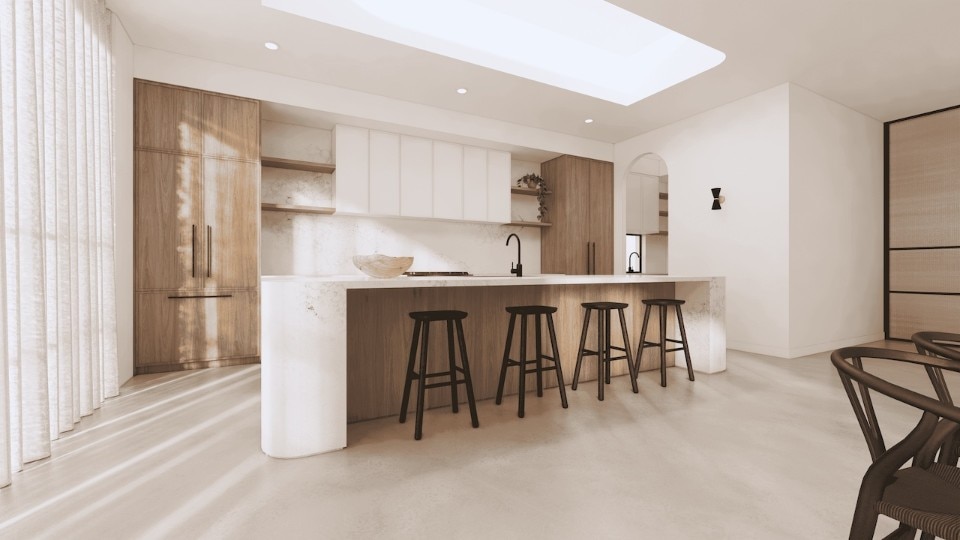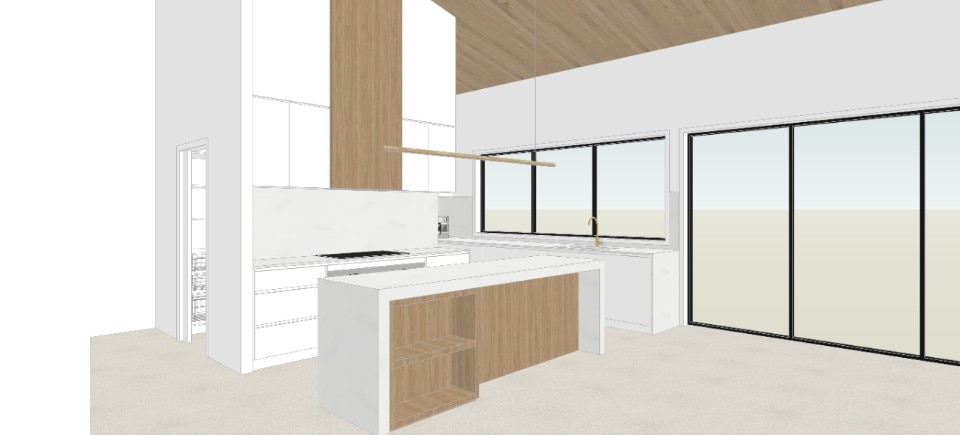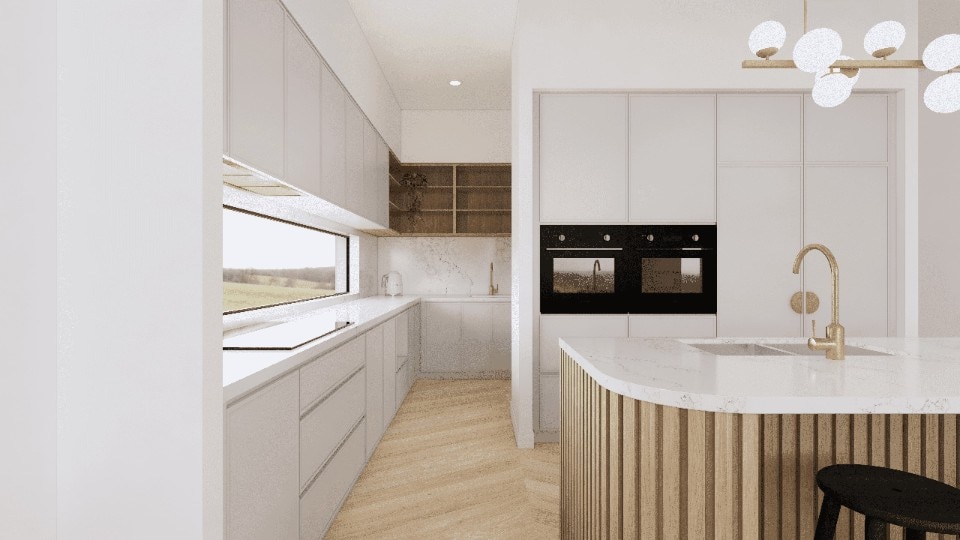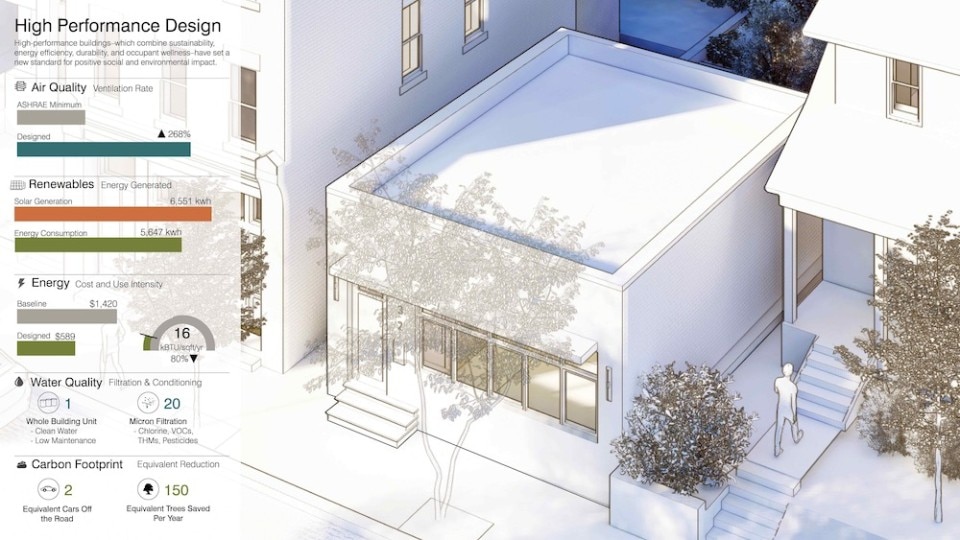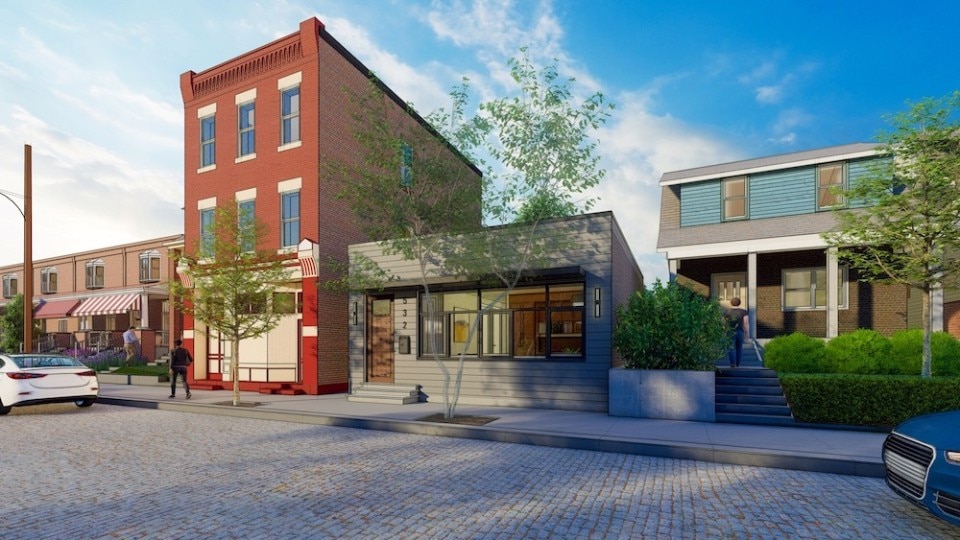In the 2000s, aspiring designers approaching 3d modeling in their school or college years, were to face an undoubtedly large amount of obstacles. Documentation in the absence of structured webmagazines, inspiration or moodboard creation in the pre-social era – Google images was born in 2004, to make a legendary Jennifer Lopez dress easy to retrieve, rather than a glimpse of Paul Rudolph’s structures – but above all, the fortunately brief but undoubtedly real ostracism by design schools toward a tool that was then so intuitive as to be considered reductionist and superficial: Sketchup. Twenty years later, two characters from this short global story have a chance to talk to each other, in this case the writer, and Sumele Adelana, senior marketing manager of Trimble Sketchup, both from the same background as architectural designers.

“In the UK you had to sketch everything or draw everything or make physical models ahead of 3D modeling. I imagined that our lecturers wanted us to get very tactile with the things that we were making and learning so that we could connect the thought process with the process of making, and I appreciate that standpoint, you have to figure out how things come together, how things are made” 17 years later, Adelana recalls, SketchUp permeates every environment where there is something being created or made. “Whether people say that they use it or not, that trend is changing: people will be like ‘Of course I use this tool’. Because there is an ease that comes with it. There is also the connection with the brain, where it feels like you can sketch something and bring it to life in 3d”. In fact, students’ programs are also a part of today’s Sketchup offer, universities worldwide are integrating the software, and the learning about 3d modeling as a thinking tool, as part of their curriculum. Quite a plot twist. “The speed and the pace of design forces people to do things quickly, but they don't want to lose the rigor and the care. So, I think it's important that students learn how to make things but also given the tools to make them quickly so that they can iterate: I think design is an iterative process. You think about one idea, you test it out, you see whether it works, then you tweak it and you keep changing it”.
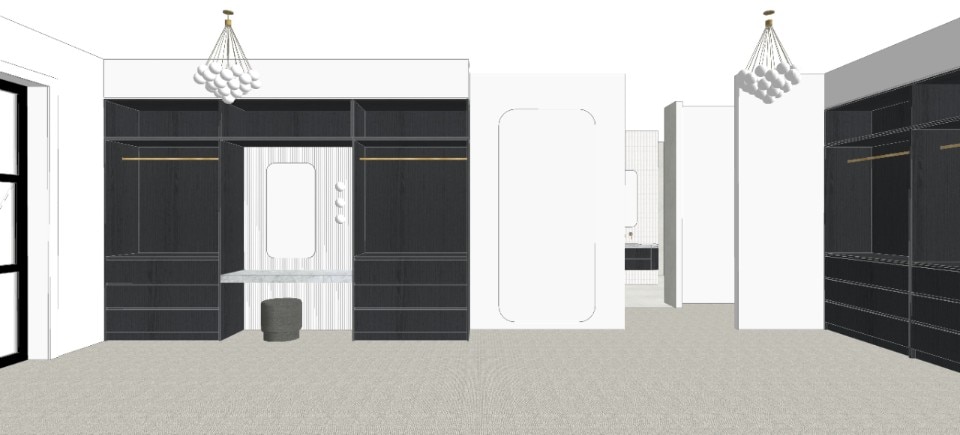
As reported by Adelana, today over 33 million SketchUp users can be counted, individual learners, practitioners and brands worldwide across architecture, interior design, commercial interiors, retail design, even automotive design. Basically, whatever discipline or practice requires a tridimensional approach to things, and also a four-dimensional one, where processes need to be illustrated phase by phase: “If you think about when we’re born, the first thing we perceive is three dimensions. people don't think in two dimensions, right? Unless you see a flat picture and you're looking at it, but even then, you perceive depth, and more than just what the eye sees”.
The key to the software’s virality has been the gradual transition from a tool to an ecosystem of tools, Adelana says, enabling the communication of ideas, as well as collaborative design processes between people from different field of profession or expression – some kind of an informal Building Information Modeling, we propose. A plug from one tool to the other, within a complex process, she clarifies.
We want to be able to leverage AI as a construct, to help architects gather data and test options very quickly. Ultimately, we believe that designers have the final say, as to what they do
And here is where AI appears on scene. It has been added to the 3d warehouse model library to identify an object and find similar ones – “I am thinking about an Alvar Aalto chair, I have a picture of it. I copy it into 3d warehouse and automatically it finds things that have already been built, helping me immediately get back to designing without having to dig for 10 million years to find this thing or model it from scratch” Another still-beta feature provides scan-to-design service, allowing architects to use tablets to quickly scan an interior and translating it directly to a 3d model, to immediately start designing on top of it while bypassing the back and forth of outsourcing the operation.
Left apart a light concern about the destiny of quantity surveyors, the big question about how much of the design process can actually be going to be processed by AI, is widely spread across the discipline: “Our belief is that AI can’t replace designers or architects” Adelana replies “still we want to be able to leverage AI as a construct, to help architects gather data and test options very quickly. But ultimately, we believe that designers have the final say, as to what they do”.
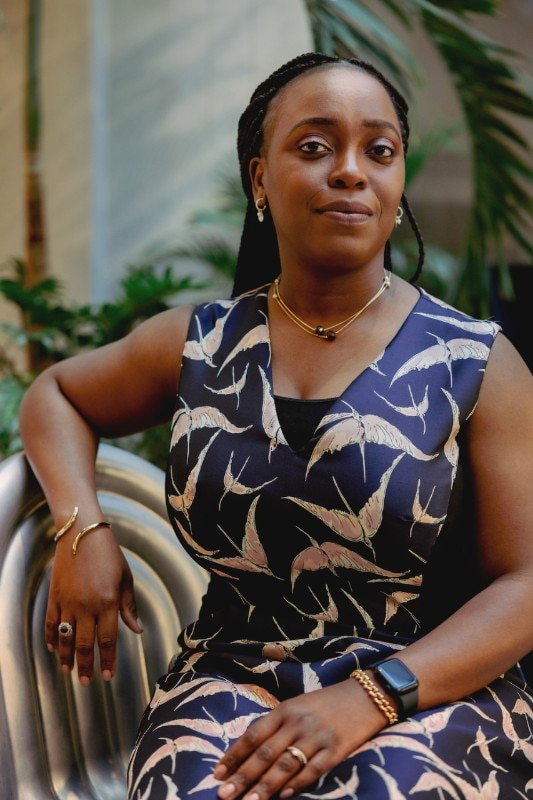
The occasion is too important as well, not to exchange some thoughts with Adelana on what that word “designers” can mean, in the end, now that a whole generation – Millennials, should we mention their label – is transitioning to a defined role of professionals, or “practitioners” at large, as it is been called out from many voices, last but not least the reflection carried out at the Italian Pavilion at the 2023 Venice Biennale. Adelana herself is trained as an architect, and through that education and an inclination to an anthropological insight into it has got to designing tools reflecting the result of those very questions: “I think some of us go into it with a sense that we have multiple skill sets. And that architecture is one of the places where we can explore those skill sets in a really interesting way. For me, it was about space, the beauty of space, and the impact that can have on people. When we moved into a new home in Lagos, Nigeria, there was a staircase really dark but it had open blocks generating beautiful lights and shadows, all of those feelings were like “This is so beautiful. I want to make this for many people”. And I went into it, and I loved it, and history and theory of architecture was probably my favorite module. I also had a passion for writing and words and finding ways to express ideas, not just through drawing, but also through words and so it felt like an interesting transition”. Approaching such transition from a sustainability angle would drive Adelana to join the team as Sefaira, a building performance analysis software startup, later acquired by Sketchup where she works now. “It is about interviewing people who are still fully in industry, but also everyday users. I get the I get the front row seats, to see how they're doing great work. But I also have the power to help them do better work through the technologies that we create. So I feel like I'm living the best of both worlds while making an impact”.
What’s next, in the end, what territories still need to be explored through such kind of tools? “This current trend with AI holds many possibilities that could be disruptive for our industries, and the way that we work” Adelana replies “I think that there's still a lot of uncharted waters. But it's going to be a case of one step at a time.
Imagine going beyond generative design, beyond telling the software what you're trying to design, and having it coming up with ideas. Going way beyond, investigating how can a building impact the occupants, in what ways can we improve the occupant experience, wow can we use this to impact our built environment holistically. Basically, what connections can I make with the rest of the things around me to make life that better for the people who will use it?
“Sometimes we see a lot of socio-economic issues globally. And ideas about homelessness, displacement, and climate change will always be things that we have to grapple with. But what if technology could help us start to answer some of those questions in a way that really changes the world for everyone?”.

Opening image: Sumele Adelana. Photo by Mariell Lind Hansen


